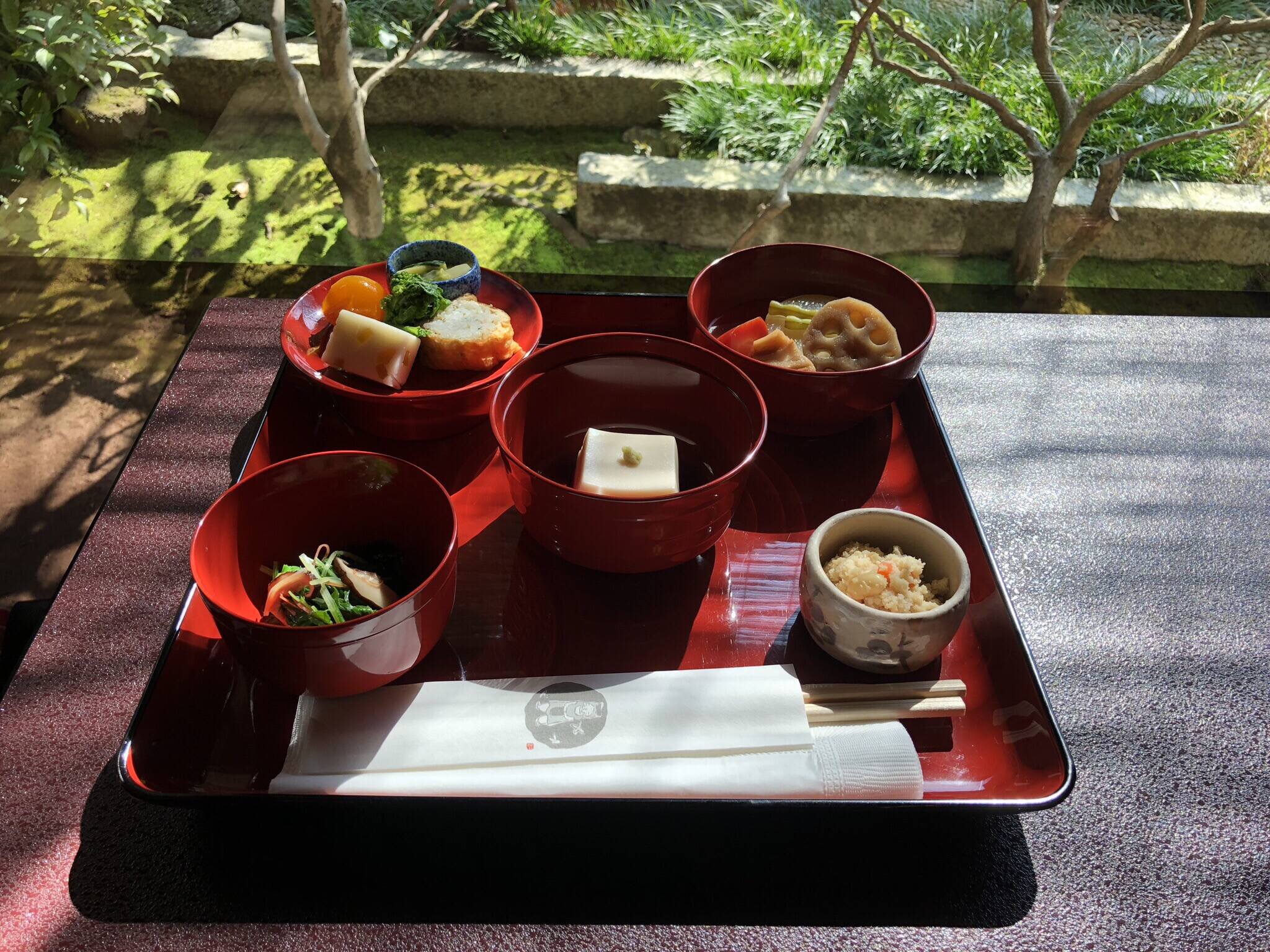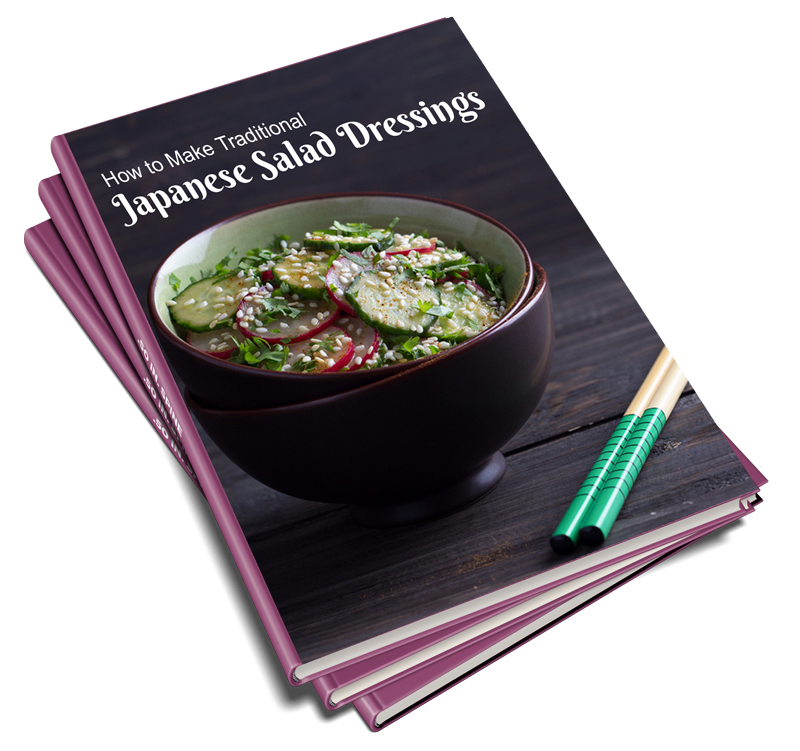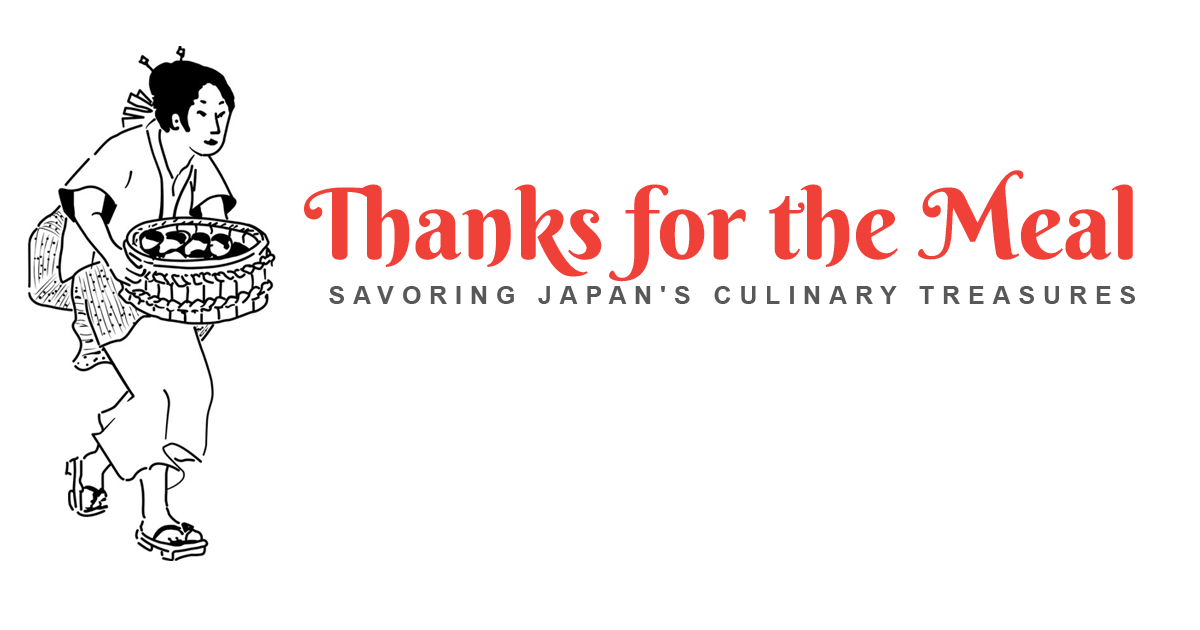When it comes to sampling authentic Shojin Ryori, there are dozens of options throughout Japan. When it comes to sampling the best of the best, though, there are seven restaurants that you absolutely must check out.
Must Visit Shojin Ryori Restaurants in Japan

Shigetsu (Tenryuji, Arashiyama, Kyoto)

This was my very first experience with shojin ryori in Japan. I now visit every time I am in Kyoto as the food is consistently excellent. And strolling around Tenryuji’s immaculate gardens is a wonderful way to end your meal.
There are three courses to choose from: Yuki (rice, soup, and five side dishes, ¥3,300 yen), Tsuki (rice, soup, and six side dishes, ¥5,500), and Hana (rice, soup, and seven side dishes, ¥8,000).
500-yen garden admission fee also required.
Advance reservations can be made online (in English) on the Tenryuji website.
Hachinoki (Kita-Kamakura, Kanagawa)

Hachinoki offers up gorgeously presented shojin ryori from an elegant dining room overlooking a small garden with fountains and lush foliage. Seasonal vegetables, tofu, and wheat gluten are artfully arranged into dishes that incorporate the five colors, flavors, and preparation techniques of shojin ryori. The several vegetarian menus range from katsura (3300 yen) to larger, more elaborate presentations such as ume (11000 yen). The building next door (Shinkan) offers up beautifully-plated kaiseki starting from 4600 yen. Advance reservations are required.
Hours: 11:30 a.m. – 2:30 p.m.(L.O.) / 5 p.m.- 7 p.m.(L.O.) Dinner (Must be reserved by previous day)
Closed on Wednesdays
Access: Across from Tokeiji Temple (about a five-minute walk from JR Kita-Kamakura Station)
Bon Fucha Ryori (Taito, Tokyo)

Fucha ryori is a distinct departure from Soto and Rinzai Zen shojin ryori. Introduced by the Obaku school of Zen at Manpukuji in Uji in the 17th century, fucha ryori is much closer to its Chinese roots. Traditionally served communal-style, diners help themselves from large plates placed in the center of the table.
Bon has been in business for decades. Each party is seated in a gorgeous private dining room inside the highly atmospheric restaurant. Dinner from 6,000 yen; lunch boxes available on weekdays for 3,450 yen. Advance reservations required: Phone 03-3872-0375 (reservation time: 10:00-21:00)
Kakusho (Takayama, Gifu)

Housed in a 250-year-old residence near Takayama’s temple district, Kakusho has been in the same family for 12 generations. I was shown to a private pavilion set in a stunning Japanese garden and served the meal of a lifetime; the 10-course shojin dinner is a marvel of artistry and the freshest ingredients, set on beautiful tableware.
Daigo
It’s important to note two of Tokyo’s most expensive shojin ryori restaurants (Michelin-starred Daigo and Shojin Sougo) both use fish / dashi and eggs in their shojin kaiseki; if you wish to have a completely vegan meal, you must reserve in advance. Visit Daigo’s website here.
Itosho (Azabujuban, Tokyo)
Opened by Hiroharu Ito, a 25-year veteran at Kakusho in Hida Takayama, Itosho embraces many of the same dishes as Kakusho. This includes the phenomenal shojin age (vegetable and tofu coated in tiny bits of mochi flour then fried). Dipped into a tiny pile of seasoned salt, the texture and flavors are profound. Stunning food, beautiful tableware, including Takayama lacquerware, and outstanding service have earned Itosho a well-deserved Michelin star. It’s available for both lunch and dinner.
Sougo
Sougo can make strict vegetarian cuisine (Bonito flakes, eggs and dairy products free) if you make a reservation 2 days prior to lunch, 1 day prior to dinner. What’s also great is there are two completely vegan shojin courses, Zen for ¥12,000 and Sai for ¥10,000, with limited availability.
Cooking Schools in Tokyo
There are several cooking schools in the Tokyo and Kamakura areas where you can learn to cook shojin ryori in English. There’s not reason to not give this healthy and nourishing traditional vegan cuisine a try!

Shojin Ryori classes in English
Akasaka Teran (Jokokuji, Tokyo): https://akasaka-teran.net/en/index_en.html
Chagohan Tokyo (Asakusa / Kappabashi): https://www.chagohan.tokyo/booking/shojin-ryori-buddhist-cuisine
Tokyo Cook (Inside Restaurant Shojin Sougo, Roppongi): https://www.tokyo-cook.com/
Atelier Café Kamakura (Kamakura): https://www.meetup.com/Atelier-Cafe-Meetup-Kamakura/
Author Bio
 Sarah B. Hodge (www.bundtlust.com) is a food and travel writer for several publications in Japan including Tokyo Weekender and Stars and Stripes Japan. She has studied shojin ryori since 2011 with several teachers including Masami Asao, Kakuho Aoe, Daisuke Nomura, and Mari Fujii.
Sarah B. Hodge (www.bundtlust.com) is a food and travel writer for several publications in Japan including Tokyo Weekender and Stars and Stripes Japan. She has studied shojin ryori since 2011 with several teachers including Masami Asao, Kakuho Aoe, Daisuke Nomura, and Mari Fujii.
All photo’s courtesy of Sarah B. Hodge.
Do you have Lucy’s cookbook yet?

Leave a note in the comments section if you go to any of these restaurants and or cooking classes!
Get FREE Japanese Recipes by Email! Sign Up Now!










